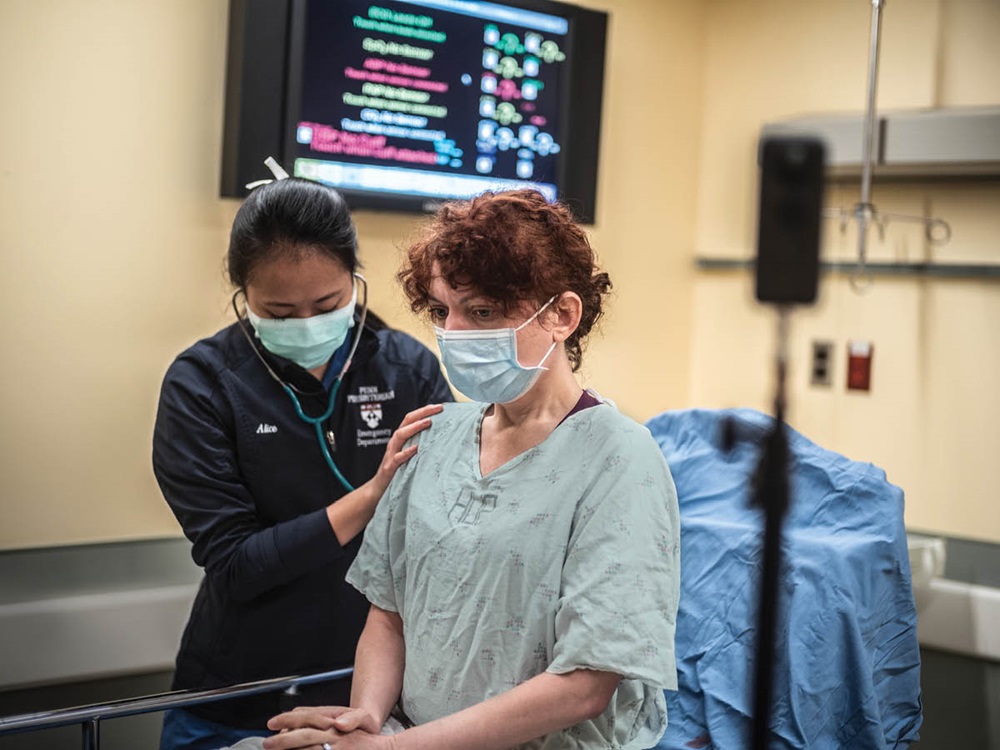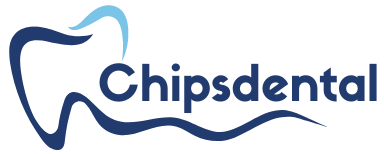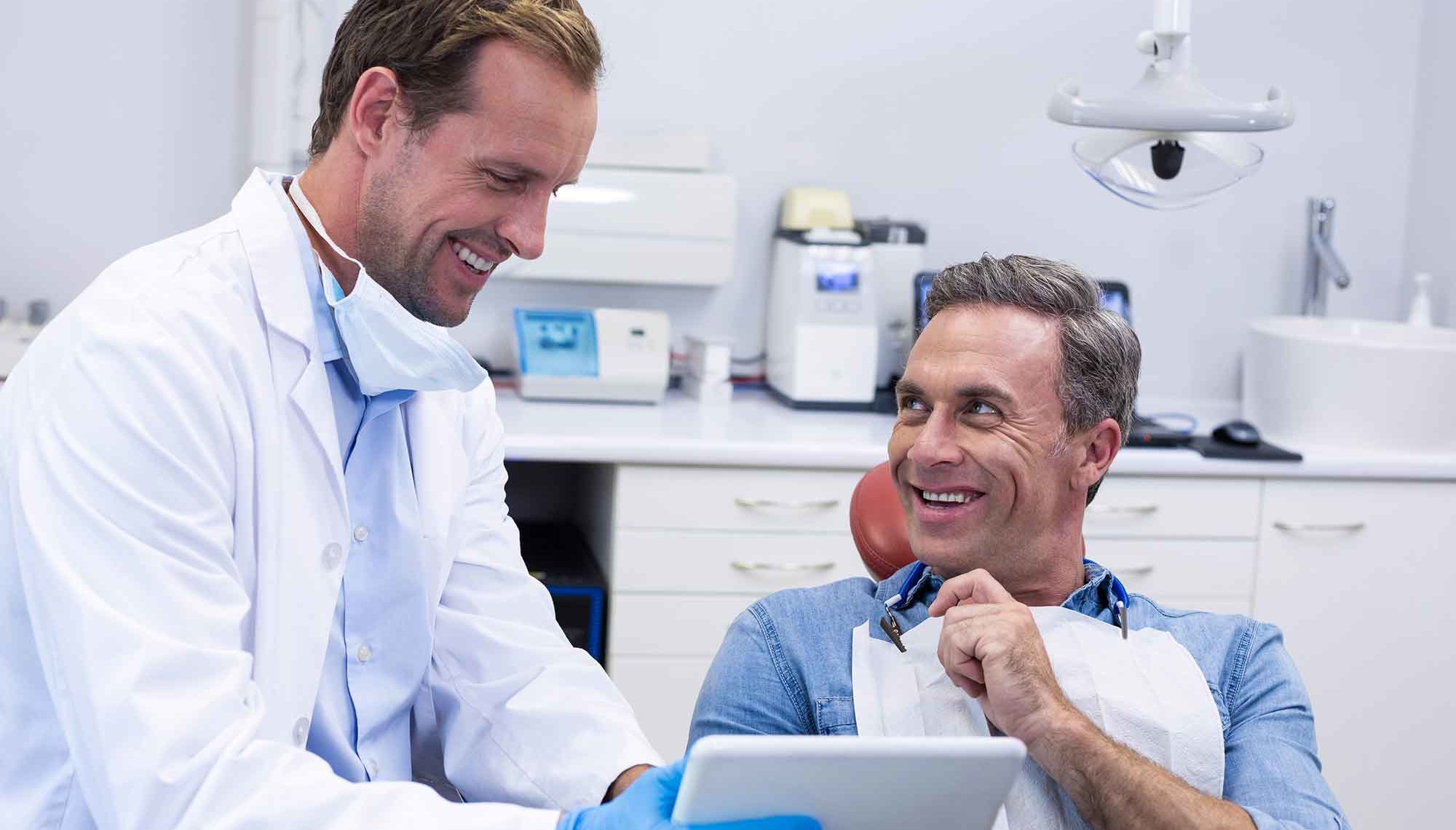Technology has revolutionized dental hygiene with advanced tools and digital diagnostics. Innovations like 3D imaging and electric toothbrushes enhance precision and personal care.
The landscape of dental hygiene has undergone a massive transformation due to technological advancements. State-of-the-art equipment and cutting-edge practices now provide a more effective, efficient, and comfortable experience for patients. Dental professionals can detect issues earlier and with greater accuracy, thanks to tools such as digital x-rays and intraoral cameras.
For individual oral care, electric toothbrushes and water flossers are becoming household staples, promoting better dental health than traditional methods. These technologies not only streamline dental hygiene practices but also encourage proactive personal oral care habits. With such progress, dental professionals can offer tailored treatments and preventive strategies, substantially improving long-term oral health outcomes for their patients.
Tech Revolution In Dentistry
The way we look after our teeth has changed drastically thanks to technology. Dentistry has welcomed a wave of innovations that make caring for dental health more effective, comfortable, and precise than ever before.
From Manual Tools To Advanced Equipment
Gone are the days when a simple mirror and scraper were the main tools for a dental check-up.
- Digital x-rays are quicker and less harmful than traditional ones.
- Laser treatments tackle gum disease without pain.
- Electric toothbrushes clean teeth more effectively.
Intraoral cameras give a close-up view of dental problems. This high-tech tool is a game-changer. It spots issues early.
Integration Of Software In Dental Practices
Digital technology hasn’t just upgraded tools; it has transformed entire practices.
- Patient management systems keep records safe and accessible.
- Dental clinics use software for scheduling that simplifies appointments.
Imaging software allows dentists to craft precise treatment plans. It also educates patients with visual insights into their dental hygiene.
Dentistry today is almost unrecognizable from decades past. Innovations ensure top-notch care. Patients leave dental offices smiling thanks to the tech revolution.

Credit: www.scientificamerican.com
Digital Imaging And Diagnostics
The realm of dental hygiene has witnessed a monumental shift with the advent of digital technology. Digital imaging and diagnostics now sit at the forefront of dental care, providing unprecedented clarity and precision in patient assessment. This technology not only enhances the patient experience but also streamlines the workflow for dental professionals.
Transition To Digital X-rays
Digital X-rays mark a significant leap from their film-based predecessors. These modern marvels offer a host of benefits that advance dental hygiene practices:
- Reduced Radiation Exposure: Digital X-rays require much less radiation than traditional film X-rays.
- Instant Results: Images appear on the screen immediately, eliminating processing time.
- Easy to Share: Digital files can be quickly sent to specialists or insurance companies.
- Enhanced Image Quality: Dentists can magnify and manipulate the images for better diagnosis.
Intra-oral Cameras And 3d Imaging
Intra-oral cameras bring a new dimension to dental hygiene, allowing dentists to see inside a patient’s mouth in real-time. This tool is invaluable for patient education and for detecting early signs of dental issues. Here’s how they’re transforming dental practices:
- Detailed View: High-resolution images provide a clearer understanding of oral health.
- Better Patient Communication: Patients can see what the dentist sees, improving their understanding and engagement in their own dental care.
3D imaging, on the other hand, offers a comprehensive look at the oral anatomy that is crucial for advanced treatment planning such as implants, orthodontics, and complex surgeries. It provides the following advantages:
| Benefit | Description |
|---|---|
| Accurate Measurements | Dentists can obtain precise dimensions of teeth and bone structures. |
| Improved Diagnosis | Potential issues can be identified and addressed before they escalate. |
| Customized Treatment Plans | Care is tailored specifically to each patient’s unique oral anatomy. |
Innovations In Dental Treatments
Our smiles tell a story, and thanks to technology, that story keeps getting better. Over the years, dental hygiene has shifted, making treatments easier and less painful. Let’s delve into some groundbreaking advancements that have revolutionized the way we maintain and enhance those pearly whites.
Laser Dentistry Advancements
The introduction of lasers in dentistry is a game changer. This high-tech tool helps dentists perform procedures with extreme precision. Dental lasers reduce discomfort and speed up recovery. Patients now experience less anxiety and quicker visits.
- Tissue Removal: Lasers make it fast and bloodless.
- Decay Detection: Laser can spot early tooth decay.
- Teeth Whitening: Lasers speed up the bleaching process.
Computer-aided Design And Manufacturing
Computer-Aided Design (CAD) and Computer-Aided Manufacturing (CAM) have transformed dental restoration. With this technology, creating crowns and veneers is now a single-day job.
| Process | Benefit |
|---|---|
| 3D Imaging | Precise models in minutes |
| Digital Impressions | Comfortable, no messy molds |
| On-Site Creation | Quick, custom restorations |
Dentists design perfect fittings using 3D scans of your mouth. No more weeks of waiting for lab-made restorations.

Credit: dentalasia.net
Enhanced Patient Experience
Technology has revolutionized the way dental practices operate, especially in enhancing the patient experience. With the introduction of new tools and software, visits to the dentist are quicker, smarter, and more comfortable than ever. Let’s explore how these changes have given patients a reason to smile even before their dental hygiene treatments begin.
Digital Patient Records
In the era of paper files, waiting rooms were often filled with patients completing forms. Today, digital patient records have changed the game. They make check-ins fast and reduce errors. Here’s what they bring to the table:
- Quick access to dental histories
- Effortless updating of patient information
- Secure sharing with specialists
Digital records mean dentists can pull up your dental history in a snap. This lets them tailor their care to your specific needs. Your records are always up-to-date, reflecting your most current health profile. Safety is also enhanced, as digital records are encrypted and protected.
Virtual Consultations And Treatment Planning
The advent of virtual consultations has been a game-changer. These are the standout benefits:
| Advantages | Details |
|---|---|
| Convenience | Get expert advice from anywhere |
| Time Savings | Skip the travel and waiting room |
| Pre-Planning | Discuss treatment options before the visit |
This service provides a bridge for patients who might feel anxious about dental visits. You can meet your dentist from the comfort of your home. These meetings often involve discussing treatment plans, which gives you a clear picture of what to expect. Dentists can also use the opportunity to educate you on maintaining your dental hygiene. With virtual planning, patients step into the clinic ready to proceed with their agreed-upon treatment, saving ample time for both parties.
Challenges And Solutions
As dental hygiene embraces innovative technologies, challenges arise alongside new solutions. With sophisticated equipment comes the need for specialized training. Meanwhile, digitizing patient data demands strict security measures. Let’s explore these hurdles and their respective solutions in the realm of modern dental care.
Navigating The Learning Curve
Dental professionals face steep learning curves with new technologies. Advanced tools improve care but require training.
- Continuing education programs keep dental teams updated.
- Manufacturer training sessions provide hands-on learning.
- Online tutorials and webinars offer convenient upskilling options.
Implementing a phased approach to technology adoption ensures smooth transitions.
Ensuring Cybersecurity And Data Privacy
Cyber attacks can compromise patient data. The dental industry must protect sensitive information.
In-house IT teams or outsourced cybersecurity firms safeguard practices.
| Solution | Benefit |
|---|---|
| Regular software updates | Keeps security features current |
| Strong encryption protocols | Ensures data is unreadable if intercepted |
| Employee training | Reduces risk of human error breaches |
Routine security audits and compliance with regulations like HIPAA are integral.

Credit: www.pennmedicine.org
Frequently Asked Questions For How Has Technology Changed Dental Hygiene
What Are Modern Dental Hygiene Technologies?
Advances in technology have introduced electric toothbrushes, ultrasonic plaque removers, and laser dentistry for more effective cleaning and preventative care.
How Do Dental Lasers Improve Oral Health?
Dental lasers provide precise, less invasive treatment options for gum disease, cavities, and tooth whitening, enhancing comfort and promoting quicker healing.
Can Technology Prevent Dental Diseases?
Yes, breakthroughs like real-time bacteria monitoring software and AI-powered analysis of X-rays aid early detection, significantly reducing the risk of dental diseases.
Conclusion
As we reflect on the transformative impact of technology on dental hygiene, it’s clear that advancements are revolutionizing care. Smart toothbrushes, laser therapy, and educational apps all contribute to healthier smiles. Embracing these innovations ensures oral health remains a priority in the digital age.
Stay tuned for future breakthroughs that promise even brighter, cleaner smiles ahead.

